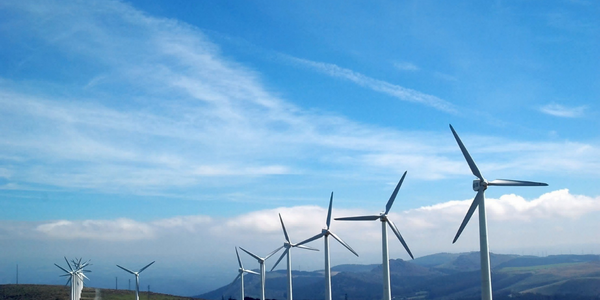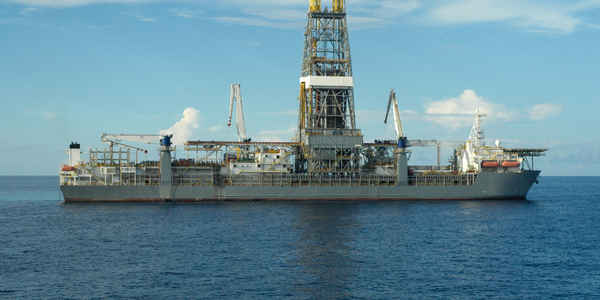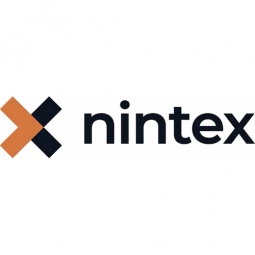Technology Category
- Robots - Wheeled Robots
- Sensors - Utility Meters
Applicable Industries
- Marine & Shipping
- Renewable Energy
Applicable Functions
- Product Research & Development
- Quality Assurance
Use Cases
- Intelligent Urban Water Supply Management
- Time Sensitive Networking
Services
- System Integration
- Testing & Certification
About The Customer
Hawke’s Bay Regional Council is a government organization based in New Zealand. The council is responsible for maintaining a clean and healthy environment for the Hawke’s Bay region, a task that involves about 175 staff members. Many of these staff members are field scientists who spend their time out in the field collecting water samples from various locations. These samples are then tested in the lab to ensure the safety of the region's waterways. The council is also involved in community engagement activities, such as educating future scientists about the impact of human actions on the environment.
The Challenge
Hawke’s Bay Regional Council (HBRC) in New Zealand was facing a significant challenge in ensuring the safety of their waterways. The council needed to gather water testing results efficiently and accurately for decision-making purposes. The process involved field scientists collecting up to 50 samples in a single day from various locations. Along with the samples, the scientists had to manage stacks of paper forms that often ended up damp, muddy, or lost due to environmental conditions. The data from these forms then had to be manually entered into the system, a process that was prone to errors and inefficiencies. The council had previously attempted to digitize the forms using various data collection and management systems, but these attempts were unsuccessful, leading to inefficiencies and inaccuracies.
The Solution
HBRC adopted Nintex Forms, Nintex Workflow, and Nintex Mobile, combined with SharePoint, to digitize their data collection process. The council, with the help of Provoke and Myriad Technologies, converted their paper-based data-gathering system to a tablet-based system. This system paired Nintex Forms with the council’s SQL database, allowing field scientists to easily click through the forms using Nintex Mobile. The tablets were housed in waterproof cases, protecting the data from environmental conditions. The Nintex solution eliminated the need for double data entry, saving days of processing and data verification time. The council is now working towards digitizing all paper-based forms and processes within the organization due to the success of the Nintex solution.
Operational Impact
Quantitative Benefit

Case Study missing?
Start adding your own!
Register with your work email and create a new case study profile for your business.
Related Case Studies.

Case Study
Remote Monitoring & Predictive Maintenance App for a Solar Energy System
The maintenance & tracking of various modules was an overhead for the customer due to the huge labor costs involved. Being an advanced solar solutions provider, they wanted to ensure early detection of issues and provide the best-in-class customer experience. Hence they wanted to automate the whole process.

Case Study
Vestas: Turning Climate into Capital with Big Data
Making wind a reliable source of energy depends greatly on the placement of the wind turbines used to produce electricity. Turbulence is a significant factor as it strains turbine components, making them more likely to fail. Vestas wanted to pinpoint the optimal location for wind turbines to maximize power generation and reduce energy costs.

Case Study
Siemens Wind Power
Wind provides clean, renewable energy. The core concept is simple: wind turbines spin blades to generate power. However, today's systems are anything but simple. Modern wind turbines have blades that sweep a 120 meter circle, cost more than 1 million dollars and generate multiple megawatts of power. Each turbine may include up to 1,000 sensors and actuators – integrating strain gages, bearing monitors and power conditioning technology. The turbine can control blade speed and power generation by altering the blade pitch and power extraction. Controlling the turbine is a sophisticated job requiring many cooperating processors closing high-speed loops and implementing intelligent monitoring and optimization algorithms. But the real challenge is integrating these turbines so that they work together. A wind farm may include hundreds of turbines. They are often installed in difficult-to-access locations at sea. The farm must implement a fundamentally and truly distributed control system. Like all power systems, the goal of the farm is to match generation to load. A farm with hundreds of turbines must optimize that load by balancing the loading and generation across a wide geography. Wind, of course, is dynamic. Almost every picture of a wind farm shows a calm sea and a setting sun. But things get challenging when a storm goes through the wind farm. In a storm, the control system must decide how to take energy out of gusts to generate constant power. It must intelligently balance load across many turbines. And a critical consideration is the loading and potential damage to a half-billion-dollar installed asset. This is no environment for a slow or undependable control system. Reliability and performance are crucial.

Case Study
Remote Monitoring and Control for a Windmill Generator
As concerns over global warming continue to grow, green technologies are becoming increasingly popular. Wind turbine companies provide an excellent alternative to burning fossil fuels by harnessing kinetic energy from the wind and converting it into electricity. A typical wind farm may include over 80 wind turbines so efficient and reliable networks to manage and control these installations are imperative. Each wind turbine includes a generator and a variety of serial components such as a water cooler, high voltage transformer, ultrasonic wind sensors, yaw gear, blade bearing, pitch cylinder, and hub controller. All of these components are controlled by a PLC and communicate with the ground host. Due to the total integration of these devices into an Ethernet network, one of our customers in the wind turbine industry needed a serial-to-Ethernet solution that can operate reliably for years without interruption.

Case Study
Temperature monitoring for vaccine fridges
Dulas wanted a way to improve the reliability of the cold chain, facilitating maintenance and ensuring fewer vaccines are spoiled. Dulas wanted an M2M solution which would enable them to record and report the temperature inside vaccine refrigerators.

Case Study
Drill ship power challenge: hybrid solution solves distribution issues
Aspin Kemp & Associates (AKA), a manufacturer of electrical power and control systems headquartered in Montague, PEI, encountered one with its hybrid power initiative, the first hybrid drill floor destined for installation on ultra-deepwater drill ships operated by Transocean, Swiss offshore drilling contractors. Since on-site modification was impossible and scrap recycling of any modifications was unacceptable, the enclosures had to arrive ready-to-install.







